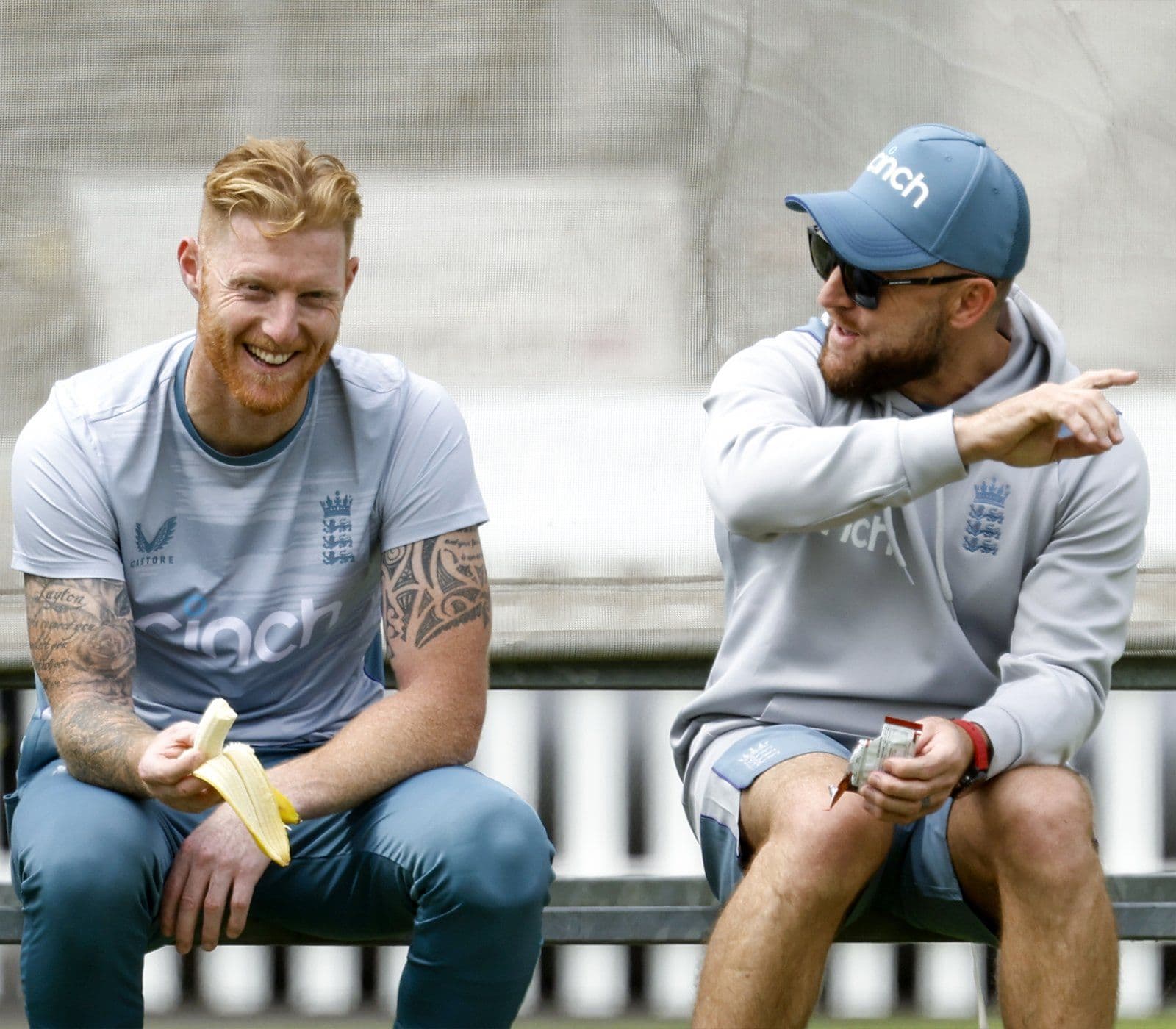Cricket
Cricket DRS: Rules, Methods, and Operation
Know how DRS works in cricket and the rules, method and operation behind it. Also, know the amount of time or seconds that a team gets before opting for it.

According to the International Cricket Council’s (ICC) official website, DRS is a “ technology-based process for assisting the match officials with their decision-making”. The on-field umpires use this to consult the third umpire only after players have chosen to take this option. Hence, it differs from a third umpire’s call that an on-field umpire signals like a TV screen voluntarily.
How DRS works in cricket
The DRS (full form: Decision Review System) is used by either the batting or the fielding team when they aren’t certain of the umpire’s decision on a dismissal. It is mostly used when a batter feels one is wrongly given an LBW out or asked to leave the field even after not knicking the ball behind to the wicketkeeper or the slip.
Similarly, a fielding team captain can also consult his players and opt for a DRS if one feels that a decision is wrongly given. The most common situation for a fielding team taking a DRS is when the on-field umpire incorrectly evaluates an on-field or a caught-behind decision.

It is also important to remember that a DRS can only be taken to reevaluate an “out” or “not out” decision in international cricket. In the Indian Premier League, however, players can also review a “wide ball”.
Hence, either the captain of the fielding team or the batsman given out by the on-field umpire are allowed to take the DRS, which they do by showing a ‘T’ sign using their hands.
What does the third umpire check in DRS?
The third umpire makes several checks once the DRS is taken by a player and the umpire signals for the same. The very first step, before proceeding with the actual incident, is to check whether the delivery is legal, as in if the bowler’s front leg has stepped on the popping crease. Once the delivery is deemed legal, then the third umpire proceeds to examine the replays of the LBW or caught-behind decision that’s in question.

The third umpire has technologies like Real Time Snicko (RTS) or Ultra-Edgeand Hotspot, which gives him or her a better representation of whether the ball has made the slightest of knicks with the bat before hitting the pad or before the wicketkeeper latched on to it.
In case the ultra-edge doesn’t catch a nick or edge, the third umpire would conclude his decision by reviewing the impact of the ball and bat/pad. The ball-tracking software comes into use to get LBW decisions correct as it helps to determine the ball’s projection before impact.
![]()
Once the third umpire is ready with the decision, he conveys the message to the on-field umpire to either stick with the original decision or overturn it. If overturned, the on-field umpire is seen cancelling the original decision by touching each shoulder with the opposite hand and signalling the new call.
What is umpire’s call in DRS?
Despite all the available technology to a third umpire, it still becomes impossible at times to conclude a review because of the unavailability of conclusive evidence or lack of data. To counter this, the ICC introduced the umpire’s call in 2016 wherein the on-field umpires were encouraged to make decisions and then hand them the benefit of the doubt if the calls were very marginal or inconclusive.
Consequently, if the on-field umpire determines that a ball is out or not out based on the impact, the zone in which it was pitched, or the predicted ball path as it passes the stumps, the call for LBW will stand. Nonetheless, if the umpire's call influences the ultimate determination, teams will still retain their reviews.
When was DRS introduced in cricket?
The very first instance of DRS, known as UDRS then, in cricket took place in July 2008 a new Decision Review System (DRS) was first experimented in the Test series during India's tour of Sri Lanka. Interestingly, India was below average while using DRS that series, as only one of the 12 overturned decisions went in their favour.
The very first decision that was overturned by DRS was an LBW decision of Virender Sehwag during this India vs Sri Lanka series. After a successful pilot of DRS in 2008, the ICC made it a full-time official part of Test cricket in November 2009.
How have DRS rules changed over time?
Like any other new introduction, the Decision Review System has also undergone multiple changes over the years. Among the initial few changes was the amendment to rest the number of reviews per team after every 80 overs, which came in September 2013.
As DRS kept improving the accuracy of the game year after year, yet another issue was solved in 2016 where the contact frame between the ball and the stump was widened to approach a better conclusion of the LBW decision.
In T20Is, however, it was only in 2017 that the International Cricket Council (ICC) made it mandatory for teams to use DRS.
It took India a few more years to agree to the DRS system and the Indian Premier League finally opened up to the use of DRS in 2018, although the first T20 tournament to use DRS is the Pakistan Super League that came during the PSL 2017 playoffs.
What is DRS timer in cricket?
The captain of the fielding team or the batsman, who has been given out, gets a time of 15 seconds to take a DRS review immediately after the on-fielder has given his decision.
The DRS timer begins as soon as the ball is out of play, or when it has been completed. A player review for a "not out" decision is started by the captain of the fielding team, while a review for an "out" decision can be requested by the batsman who was dismissed.
How many times DRS can be used in cricket: Tests, ODIs and T20Is
In Test cricket, each team was initially allowed two failed DRS challenges. However, that was increased to three per innings in 2020 during the global pandemic. In a Test match, reviews from the first innings are not carried over to the second.
Previously each team was permitted to use one DRS review per innings under ICC regulations in ODIs and T20Is. Consequently, it was increased to two per innings following ICC’s COVID guidelines. Teams can keep a DRS review at any time if the review is successful.

FAQs
The number of DRS available to a team in T20I cricket is two per innings.
Each team is allotted three reviews per innings in Test cricket.
Former India cricket team captain and wicket-keeper MS Dhoni is called the king of DRS in cricket for his success rate with DRS challenges. His huge fan base also pegs DRS as the “Dhoni Review System”.
Recommended Articles

An M.A. in English Literature, Subhayan is an experienced journalist and sports writer. Having worked as a journalist at Hindustan Times, Subhayan covered diverse beats including sports, education, and health, showcasing his versatility and in-depth understanding of various subjects.


